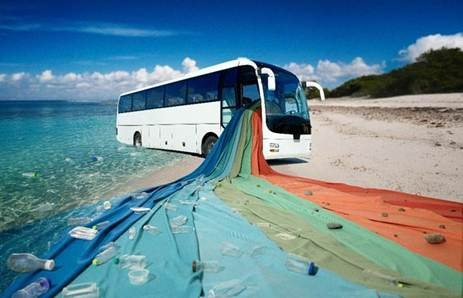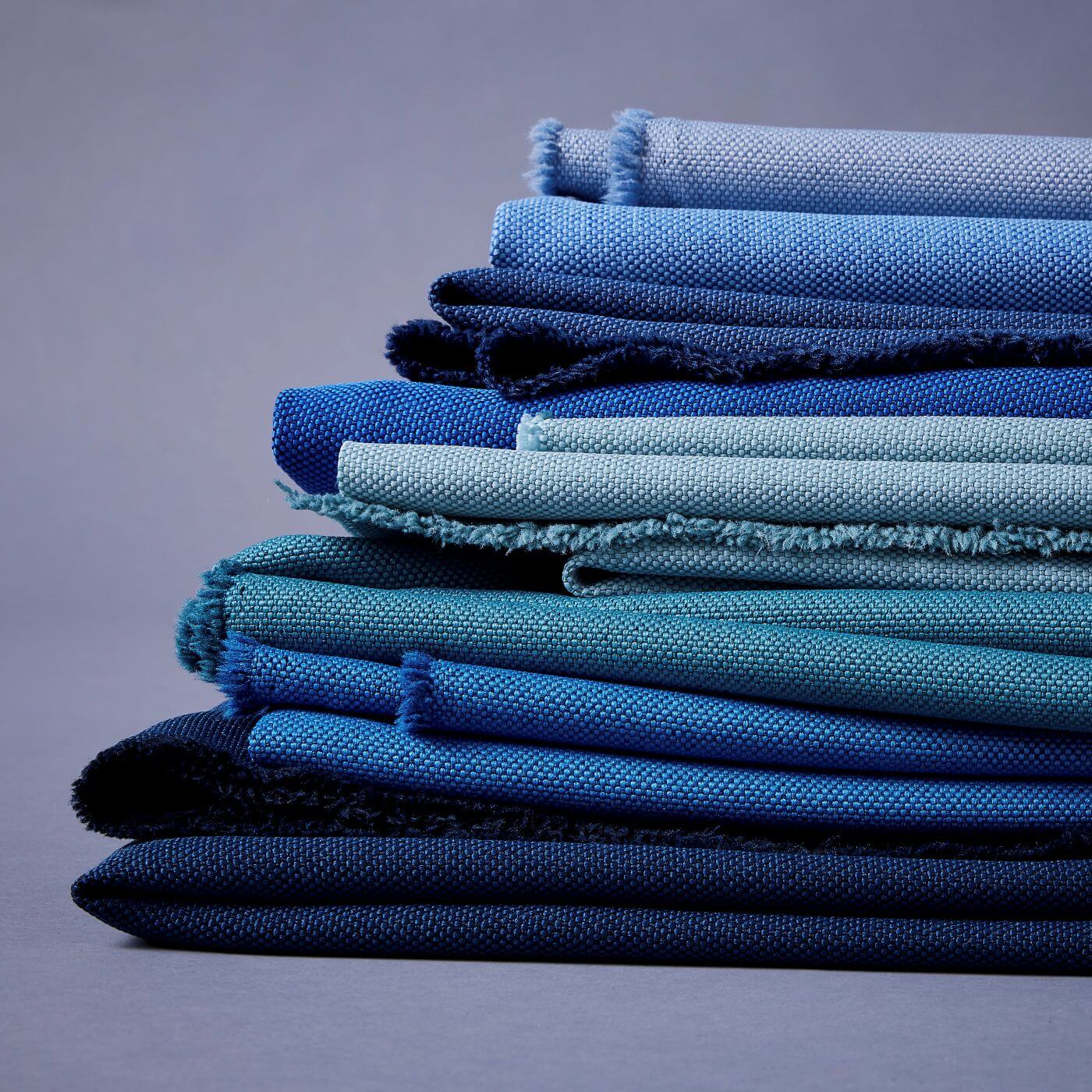
The major manufacturer of textiles for coaches and buses will use UN’s World Environment Day on 5 June to launch the SEAQUAL Collection, created from bottles recovered from oceans, rivers and beaches.
According to Camira, each metre of the recycled fabric, which is available in two flat-woven styles – Oceanic and Quest – contains up to 35 plastic bottles derived from waste.
A coach could therefore divert more than 2,000 bottles from marine ecosystems.
Ciara Crossan, Head of Creative – Transport at Camira, says: “We’re transforming one of the world’s most resilient waste materials into a fabric as fluid as the waves that inspired it.
“Already used in automotive and commercial interiors, now for the very first time recycled SEAQUAL fabrics are available for bus and coach interiors from Camira. The SEAQUAL Collection offers operators a greener textile solution—without compromising on performance or style.”
Oceanic is a “diagonal twill weave that contrasts a light warp with a deeper dyed weft”, the supplier says. Meanwhile, Quest is described as a “balanced hopsack weave enhanced by discat-dyed SEAQUAL yarn, creating an understated aesthetic that brings a subtle touch of the ocean’s natural beauty to transport interiors”.
Ms Crossan adds: “Unlike many recycled fabrics that rely on plastic collected far inland, SEAQUAL targets pollution at its source—plastic already harming marine life. This creates a far greater environmental impact while also supporting vulnerable communities.”
Camira says its partnership with the “Seaqual Initiative” has generated jobs for local collectors who are paid to retrieve waste in Tunisia’s Kerkennah Islands and along the Nile River in Egypt.
In addition to the sustainability credentials, Camira highlights that both Oceanic and Quest feature patent-pending Eco FR technology. This lightweight, halogen-free flame-retardant backing is designed to inhibit burning and be compliant with Regulation 118.3 of the Fire Safety (England) Regulations 2022.



























